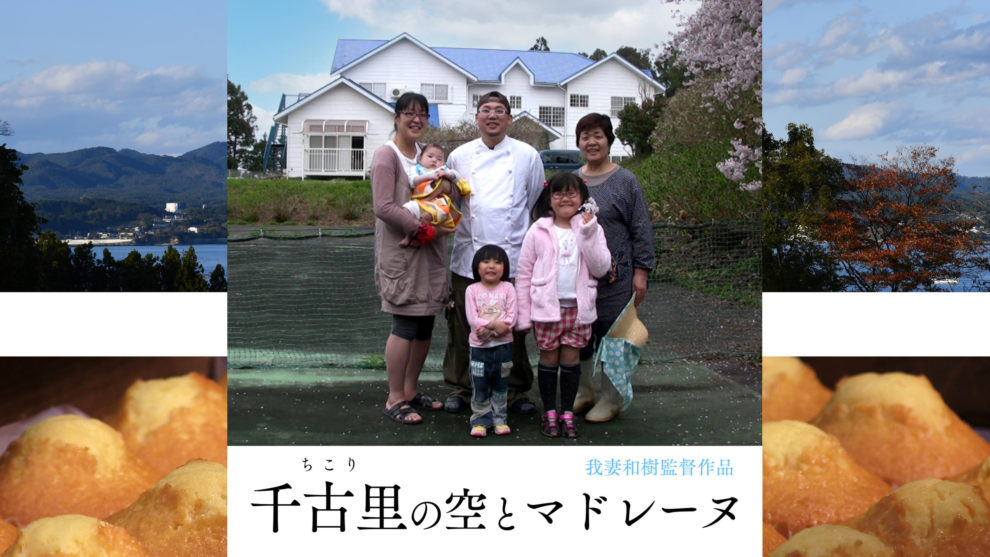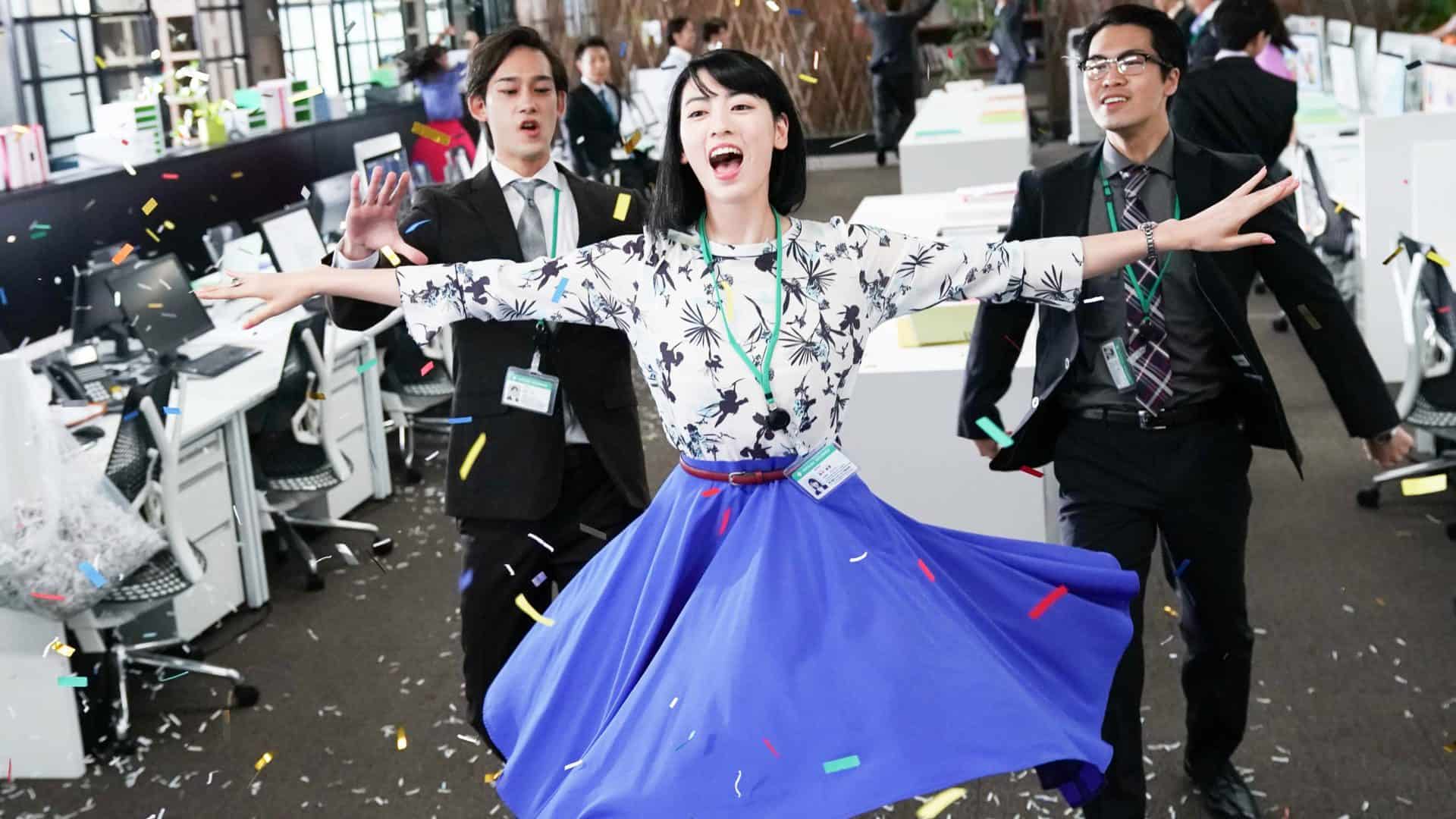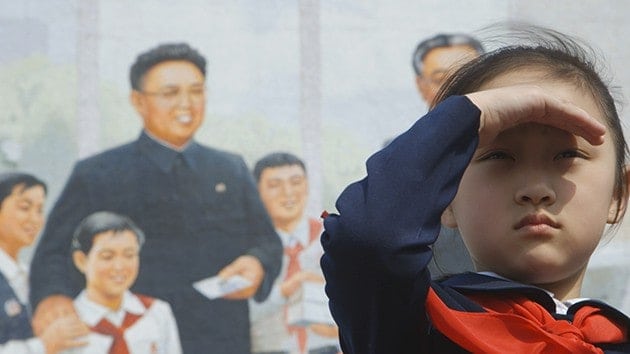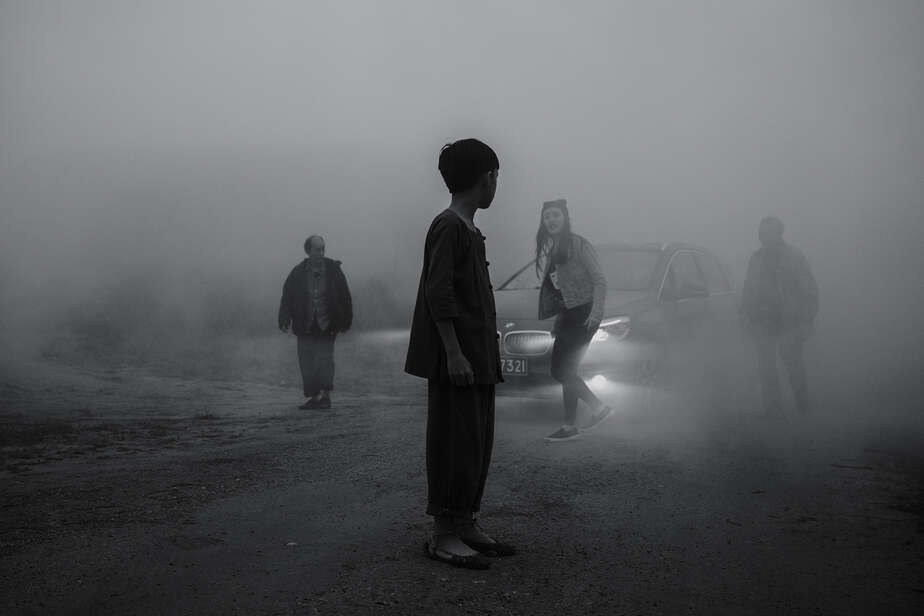For the sixth festival in a row, Yamagata International Documentary Film Festival offers a special program dedicated to the 2011 Tohoku Earthquake and Tsunami, entitled Cinema with Us. “Madeleine Dreams” was filmed one year after the disaster in the town of Minamisanriku, Miyagi Prefecture, and follows Ryo, a confectioner, as he tries to rebuild his business from scratch in a city that was completely destroyed from the tsunami.
“Madeleine Dreams” is screening in Yamagata International Documentary Film Festival

A number of volunteers come to help him, while as soon as he sets up shop in the inactive pension of his mother-in-law, the locals, in an effort to support him as much as possible, start ordering cakes and his famous mountain madeleines by the dozen (“even people who would rather drink are ordering cakes” says Ryo at some point). A post on Twitter about his effort makes him somewhat famous and the orders keep piling up, bringing, however, a number of logistics issues with them. At the same time, the mentality of both Ryo regarding his relationship with the volunteers (I am not sure if I could ever volunteer like this since I am too busy running my business) and their questions about how useful they actually are also come to the fore. In the meantime, at some point the pension will start operating again and Ryo must find a new location eventually, while his wife has just given birth to their first child.
Apart from Ryo, however, the documentary also focuses on another, at least as interesting individual, Kenichi, a member of a cooperative that aims at helping the victims of the earthquake (and any other issue actually) any way they can, with him having a leader position in the administration, as his whole life seems to be about this kind of activism, since he has been working for the organization for more than 30 years.
Through the focus on these two men and the ones revolving around them, the consequences of the disaster are highlighted quite eloquently, starting with the living conditions and particularly the concept of temporary housing, and continuing with all matters of everyday life, from schooling and daycare for children, to the logistic difficulties on getting food and pastry materials, and many others, that would be considered as given at any other time.
Agatsuma Kazuki, who, apart from director is also the cinematographer and editor of the film, captures this struggle and the scars of the disaster that have deemed the city a dystopian setting, but also highlights the comradeship that emerged from the common blights and the sense of community that characterizes the town and became much more intense after the disaster. At the same time, the portrayal of two men who are the exact opposite in that regard, with Ryo being the recipient of help for the most part and Kenichi the donor, analyzes the concept of volunteering in the most eloquent way. The finale of their story appears as a comment about karma, in an aspect that does emerge as dramatic.
Despite the fact that most of the images are bleak, the shots of the various cakes and madeleines Ryo is preparing provide a rather appealing relief, to the point that one will definitely want to try these mountain ones after watching the movie, while the end of the story, which is positive for the most part, with Ryo managing to have his own shop now in a new commercial district and the pension starting its operation again, also break the overall dramatic aspect that permeates the documentary, in the beginning at least.
At the same time, however, “Madeleine Dreams” occasionally functions as a promotional movie, despite the fact that Agatsuma's questions to the protagonists add an analysis aspect. Furthermore, the ending result is too localized, to the point that it will be very hard for people outside of Japan to retain interest, particularly because at 112 minutes, the movie definitely overextends its welcome.
On the other hand, there is some appeal to all people who have experienced similar disasters, to see the way the Japanese have managed to cope with the disaster, while candy lovers will surely find a few scenes at least to enjoy in “Madeleine Dreams”.
















